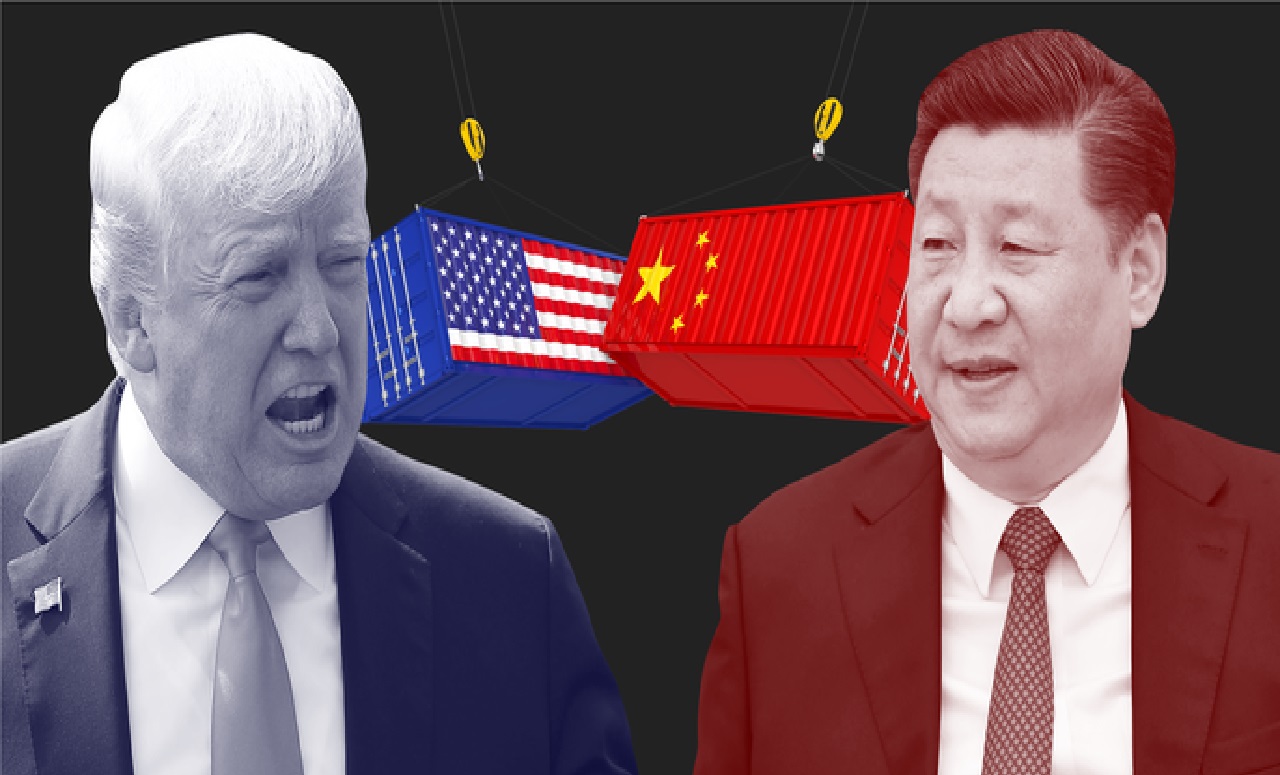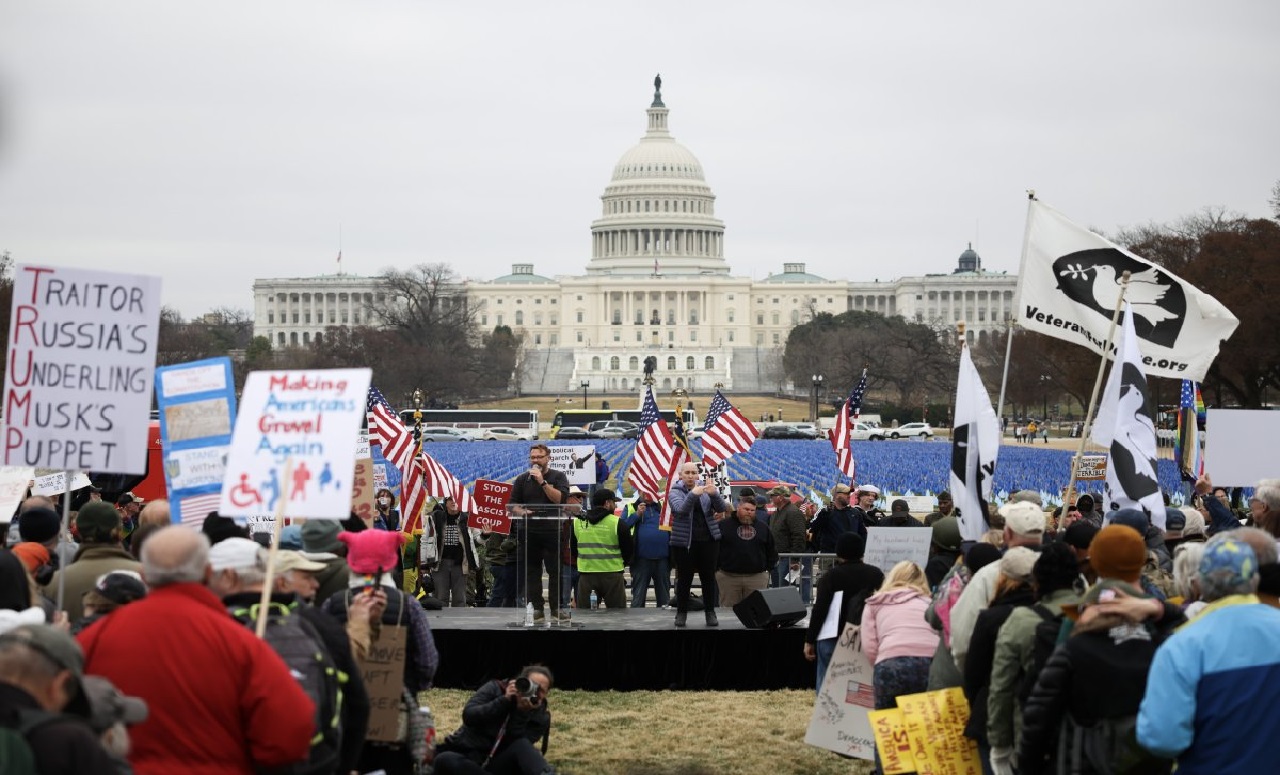Cracks in the India-China Relationship
India and China have shared a complex relationship shaped by historical ties, border disputes, and economic engagements. As the two Asian giants mark the 75th anniversary of diplomatic relations, their interactions remain clouded by the unresolved military standoff in eastern Ladakh since 2020. Despite ongoing efforts to restore normalcy, geopolitical tensions, economic rivalries, and strategic posturing continue to define their ties. Against this backdrop, Chinese President Xi Jinping has called for a “dragon-elephant tango,” emphasizing peaceful coexistence and mutual development. However, the underlying factors influencing China’s position must be examined critically.
Xi Jinping’s Call for Stronger Bilateral Relations
On the occasion of the 75th anniversary of diplomatic relations, Xi Jinping sent a congratulatory message to Indian President Droupadi Murmu. His message, carried by China’s state-run Xinhua News Agency, underscored the importance of handling bilateral relations from a “strategic height and long-term perspective.” He emphasized:
· The need for peaceful coexistence and mutual trust.
· The potential for both nations to contribute to global stability.
· Strengthening cooperation in various fields, including international diplomacy.
· Ensuring peace and tranquility along the border regions.
Xi’s remarks assume significance as India and China continue to negotiate solutions to the border crisis while balancing their strategic ambitions on the global stage.
India’s Response: Stability and Predictability in Relations
President Droupadi Murmu echoed Xi’s sentiments, highlighting the importance of a “stable, predictable, and friendly” relationship. She emphasized that a constructive India-China relationship is crucial not just for the two nations but also for global peace and development. Prime Minister Narendra Modi and Chinese Premier Li Qiang also exchanged messages, underscoring the symbolic importance of the milestone anniversary.
The Real Motive Behind China’s Diplomatic Gesture
While Xi’s message paints a picture of cooperation, several factors suggest that China’s outreach is driven by broader strategic calculations:
· Global Geopolitical Shifts: With growing tensions between China and Western nations, particularly the U.S., Beijing may be seeking to stabilize its ties with India to counterbalance external pressures.
· Economic Considerations: Despite border disputes, China remains one of India’s largest trading partners. Strengthening economic ties can benefit both economies at a time of global economic uncertainty.
· Regional Influence and Global South Leadership: Both nations position themselves as leaders of the Global South. China may be attempting to prevent India from moving closer to Western alliances such as the Quad (India, U.S., Japan, Australia).
· Border De-escalation Talks: With ongoing negotiations over disengagement in eastern Ladakh, China’s outreach may be an attempt to ease tensions while maintaining its strategic advantage in the region.
India-China Border De-escalation: A Work in Progress
China’s diplomatic overtures come at a time when both nations are gradually disengaging from friction points along the Line of Actual Control (LAC). In February, China acknowledged working with India on the implementation of resolutions to ease the border standoff. The de-escalation process has seen progress with troop withdrawals from Demchok and Depsang in eastern Ladakh. However, deep-rooted mistrust continues, given the Galwan clash of 2020, which significantly strained bilateral ties.
In a series of diplomatic efforts to reset bilateral ties, Prime Minister Narendra Modi and Chinese President Xi Jinping met in Kazan, Russia, in October last year—their first meeting in five years—where they agreed to revive various dialogue mechanisms.
Building on this momentum, National Security Advisor Ajit Doval and Chinese Foreign Minister Wang Yi convened the 23rd Special Representative dialogue in Beijing in December, aiming to further solidify the de-escalation process.
More recently, on February 21, External Affairs Minister S. Jaishankar met Wang Yi on the sidelines of the G20 Foreign Ministers’ Meeting in Johannesburg, South Africa. Their discussions centered on geopolitical challenges, multilateral cooperation, and ongoing global conflicts.
According to sources from the Ministry of External Affairs, the joint implementation of the de-escalation plan remains on track and is progressing as scheduled.
Can the Dragon and Elephant Truly Dance?
Xi Jinping’s call for a “dragon-elephant tango” is a diplomatic attempt to project stability in India-China ties. While engagement and peaceful coexistence are essential, India’s strategic approach must remain cautious, ensuring that past aggressions and unresolved issues are not overlooked. As border tensions linger and strategic competition intensifies, India must navigate its relationship with China pragmatically—balancing economic cooperation with security concerns. Whether the two nations can truly tango or remain locked in a strategic contest will depend on concrete actions rather than diplomatic rhetoric.
(With inputs from the agencies)








